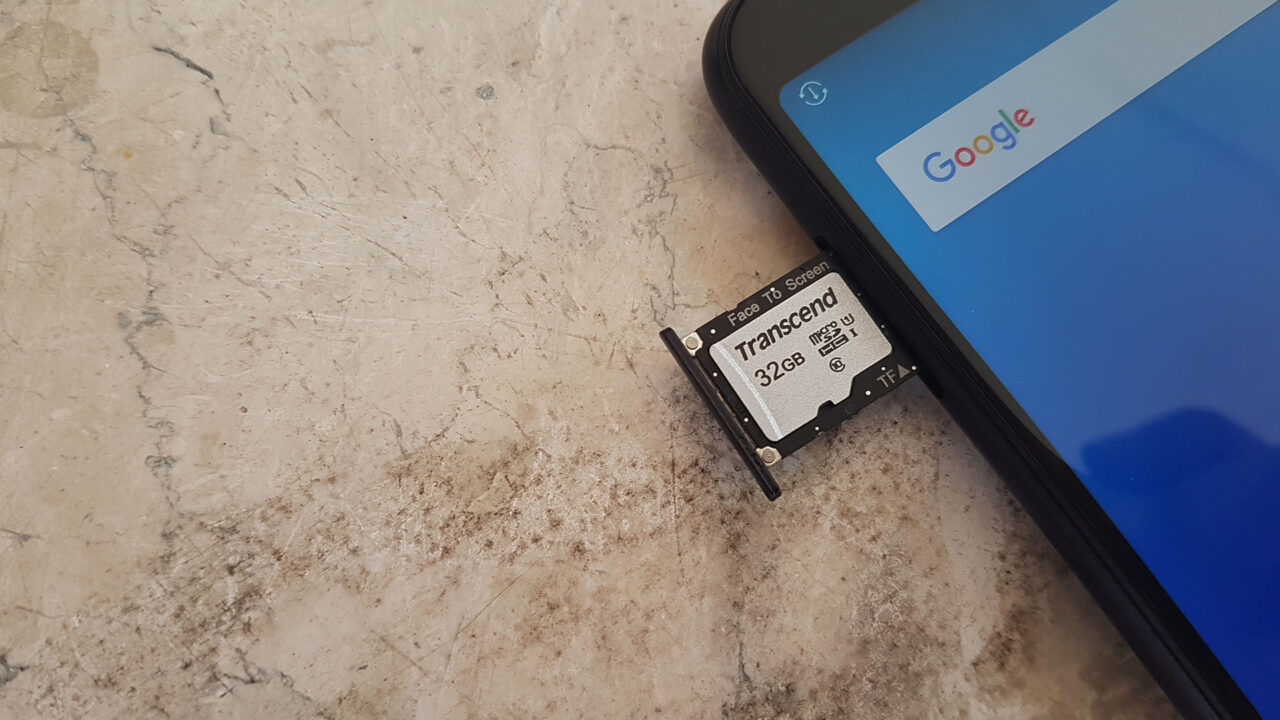Storage space has always been one of the challenges for mobile devices such as smartphones and tablets, especially when it comes to midrange and entry-level models. Many smartphones or tablets have limited internal storage space, limiting the number of apps, pictures, videos, music, and other data on the device. Because of this, owning external or extended storage solutions such as microSD cards have become almost mandatory when purchasing many smartphones that fall below the high-end range (and even some within that bracket as well). One example is Taiwanese-company Transcend and their range of external storage solutions for mobile devices.
Transcend has been making computer storage solutions for quite awhile now. Their roster of products include memory cards (such as SD, microSD, and CF cards), USB flash drives, external hard drives, and solid-state drives. They are one of the better known brands when it comes to external or extended storage solutions for compact or mobile devices such as smartphones, tablets, and digital cameras. The company has been continuously releasing new storage solutions to keep up with the latest technologies. One of their latest products, the Transcend 300S microSDHC UHS-I card, which they launched earlier this year, is the company’s most recent refresh of their microSD card line-up.
The 300S microSD line-up of cards features Class 10 and UHS-I ratings, meaning it card write at a minimum speed of 10 MB/s, the bare minimum for recording video at 1080p. The 300S line is specifically rated for peak read and write speeds of up to 95 MB/s and 45 MB/s, respectively. We ran the 32GB variant of the 300S through the A1 SD benchmarking app running on an ASUS Zenfone Max Pro M1 to determine its actual read and write speeds. The benchmark test gave us read and write speeds of 58.36 MB/s and 19.90 MB/s, respectively, both of which fall well below the rated optimal speeds of the card.

While the 32GB model of the 300S gave us lower results compared to the peak speed advertised, the benchmarked write speed is almost double that of its Class 10 rating. It must be noted though that better results could potentially be achieved depending on the device the card is used with. Smartphones with better processors will normally be able to achieve higher numbers. Higher capacity models of the 300S, such as the 64GB or 128GB, could also possibly achieve higher read and write speeds. Nonetheless, the performance of the 32GB variant of the 300S is still decent for an entry-level card at its price.
Conclusion
{rating}
The Transcend 300S microSDHC UHS-I (Class 10) is definitely not meant for high-end applications where top-end performance is a must. But for a price of only around $10.00, it’s an acceptable entry-level card for users on a very tight budget who want just a tiny bit more storage for their new budget smartphones, like the ASUS Zenfome Max Pro M1 that we used for this review, or other devices such as dash cameras. While there are significantly better-performing cards, from Transcend and other brands, at higher price ranges, the 300S is decent enough for its price and should work well enough for many budget-conscious users.



